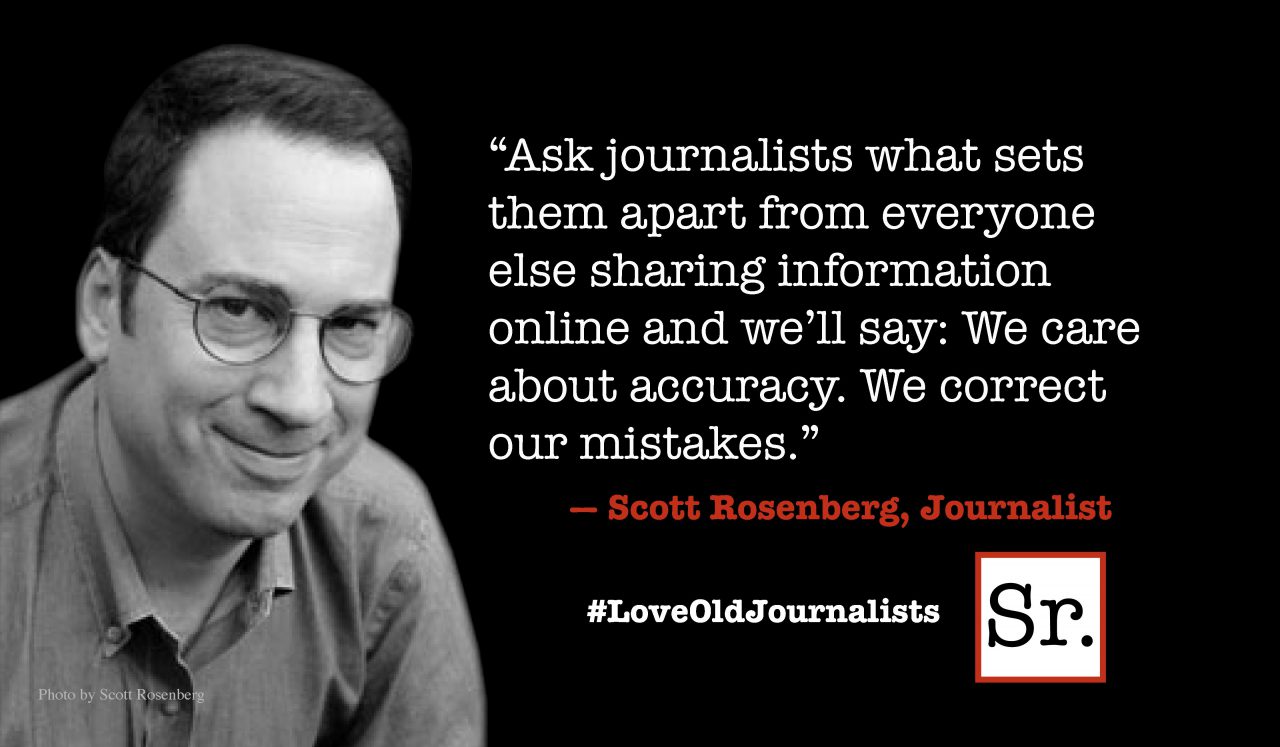Back pain blog readers may remember that I posted a guest article by Paul Kowalski a little while ago. If you want to refresh your memory you can find it here. Today I’m posting the second of his three articles relating to a problem that many can relate to, the herniated disc. I hope you find it informative.
If you’re experiencing the agony of lower back pain, your first response may be to lie down and take it easy. If the pain is acute—from a recent injury—and accompanied by redness or swelling, 48 to 72 hours of rest and ice packs may be the best immediate remedy. A strain from over-exertion typically corrects itself in a day or two without any need for serious medical intervention.
However, if you suffer from chronic back pain, such as that caused by a herniated disc, there are many non-surgical options available to relieve your discomfort. Water treatment therapy, medication or spinal injections are some effective alternatives for herniated disc treatment, but the most common and easily available solution is exercise. Followed safely and carefully, a regular exercise routine is the key to relieving daily pain, preventing re-injury and reducing the chance of long-term disability.
When your muscles are too weak to support your spine, backaches and injuries are more likely. This is why exercises that strengthen your back and stomach muscles can decrease or even eliminate your back pain. Exercise can be a complementary treatment to any of the other options you and your doctor decide are best. For instance, performing a back stretch prior to receiving water treatment therapy may increase the effectiveness of this herniated disk treatment. Best of all, you can practice simple exercises to alleviate back pain at home without any expensive equipment or training.
Exercising Safely
Once your health care professional has given you permission to begin an exercise program, follow these precautions to prevent a re-injury.
• Avoid standing toe touches, sit-ups, double leg lifts or lifting heavy weights higher than your waistline. These movements can aggravate a back problem and cause even more pain.
• If a movement is painful, don’t do it. Some gentle stretching might loosen up a slight bit of stiffness or soreness, but discontinue any exercise that causes severe pain anywhere in your body, even if it is recommended.
• Start slowly. If your pain is chronic or you have been inactive for a long period of time, you might only be able to perform a few repetitions of a stretch before tiring. That’s alright! Start where your body is comfortable and increase slowly as your back and stomach muscles gain strength.
• Consult with a physical therapist if you’re unsure of how to perform the exercises or if your condition worsens after exercise.
Warm Up
Spend 5-10 minutes walking or riding a stationary bicycle at a gentle pace. Light activity warms the muscles by increasing blood flow. Warming up is essential because it reduces the chance of injury while exercising.
Stretch
Shortened muscles may be the cause of your back pain. If so, stretching may be the remedy. Back muscles that are tightened or “short” can pull the spine out of alignment, causing pain and increasing the possibility of injury. Stretching lengthens the muscles and improves the spine’s mobility. Remember to breathe while you stretch. Exhale during the most difficult part of the stretch and inhale as you release the hold.
• Back Stretch: Place a mat or blanket on the floor and lie on your stomach. Bend your arms at a 90-degree angle and place your open hands on the mat in line with your chest. Keep your hands close to your body. Slowly lift your upper body off the floor and hold the position for a count of five if you can. Relax and repeat up to 10 times.
• Pelvic Tilt: Lie on your back with the soles of your feet flat on the floor and your knees bent. Press the small of your back into the floor (or near it) using only the stretch of your stomach muscles, not the leverage of your feet. Count to five and slowly release. Repeat up to 10 times.
• Knee to Chest: Lie on your back with your knees bent and feet flat on the floor. Bring one knee up to your chest, and press it into your body with your hands. Hold for 5 to 30 seconds and repeat with the other leg. Repeat up to 10 times.
• Cat Stretch: While on your hands and knees, allow your stomach to relax towards the floor. Arch your back slowly, as if you’re trying to touch the ceiling with your mid-back, and slowly relax to neutral position. Repeat up to 10 times.
Most people can do warm ups and stretches on a daily basis. Try to increase the number of repetitions as your muscles get stronger and more flexible over time. Practicing these exercises regularly in conjunction with your doctor’s herniated disc treatment plan will produce optimum benefits.
If your back pain persists in spite of exercise and alternative therapies, surgery may be the next step. New technologies such as SpineJet, a hydrosurgery tool, can be safer, faster and more effective that traditional surgical techniques for some types of spinal surgery. If you’ve been avoiding a necessary operation due to anxiety about the surgical process, speak with your surgeon about SpineJet and other modern surgical technologies that might make your procedure less intimidating. Don’t let fear stand in the way of doing what’s best for your back; take control of your health by strengthening your muscles with exercise and getting the help you need to treat and prevent herniated discs.








